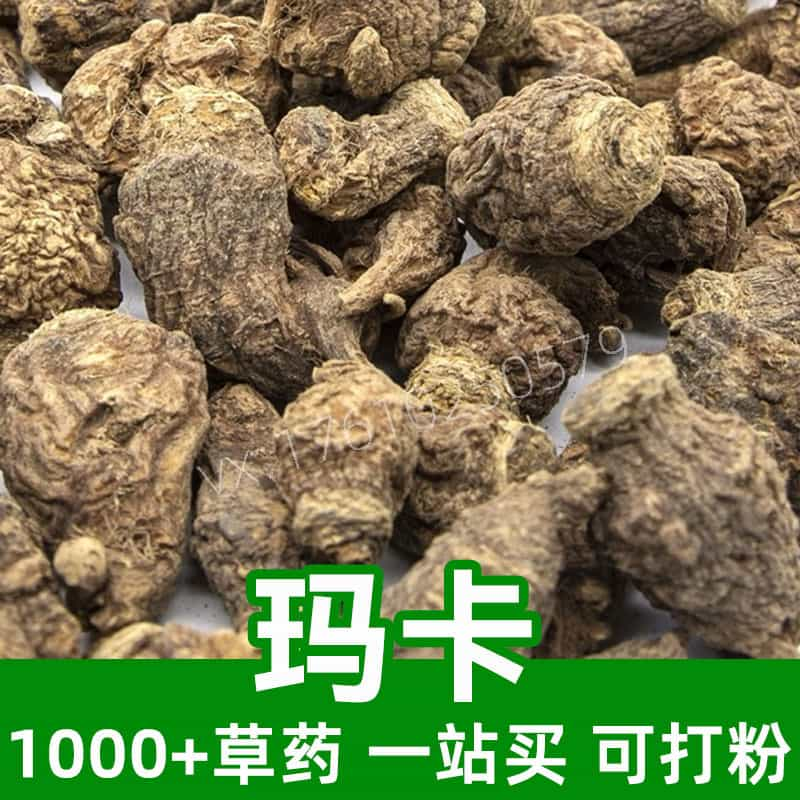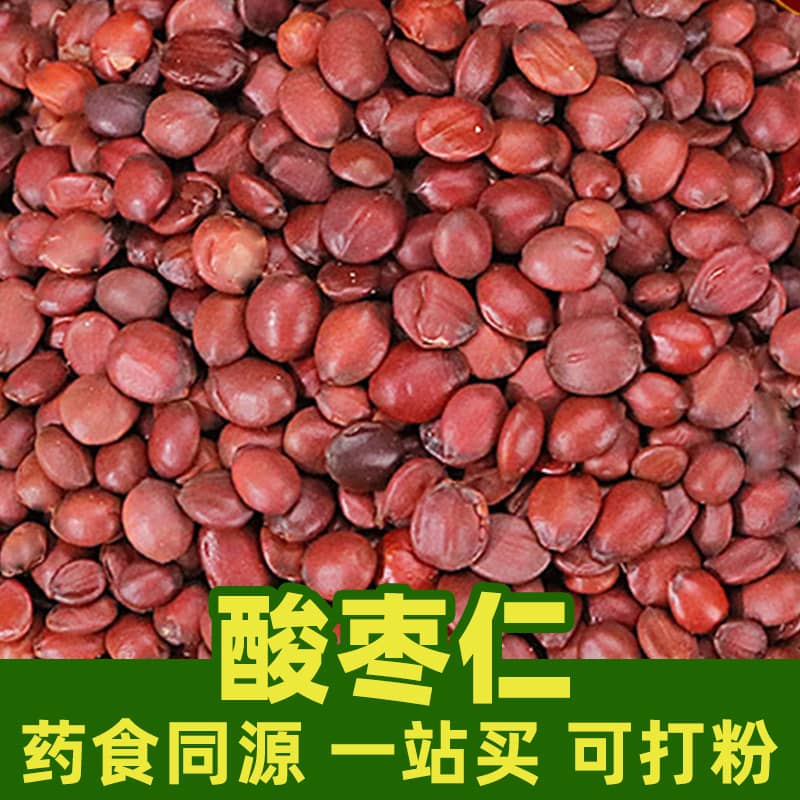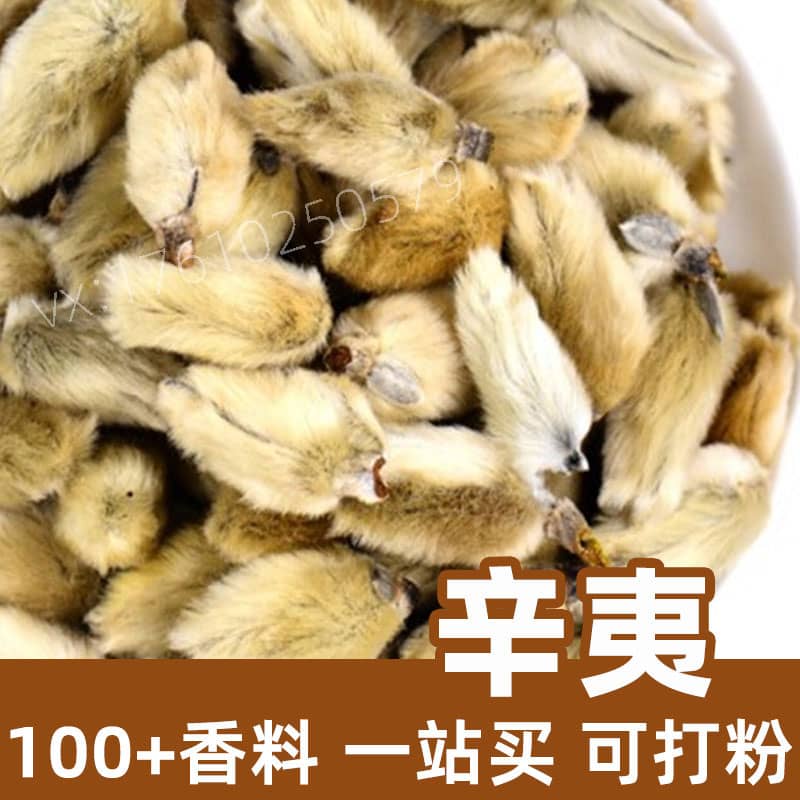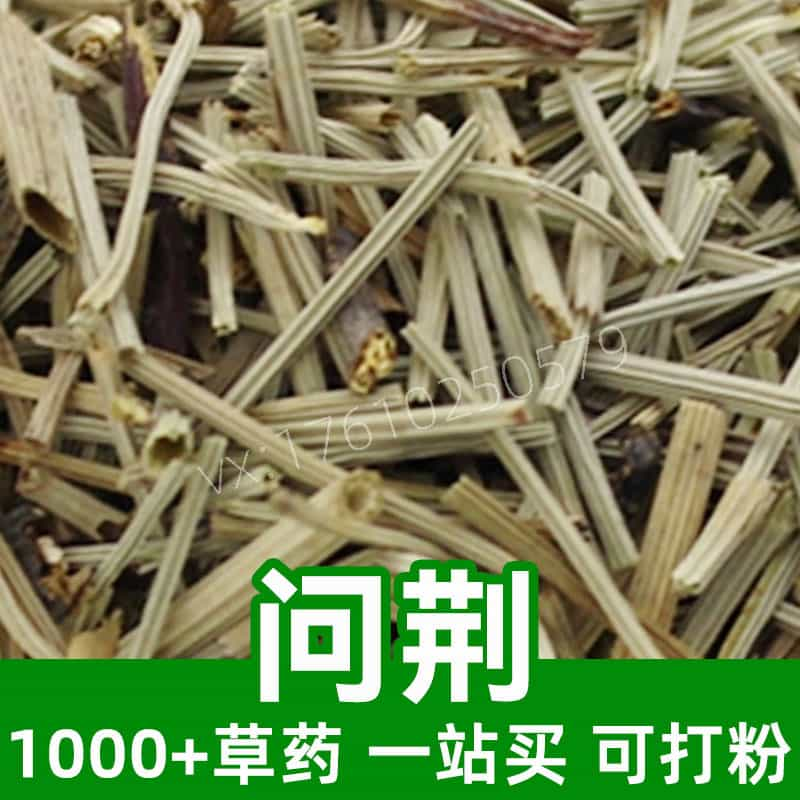Sweetgum Resin Product Introduction
Sweetgum resin is a natural tree resin with a strong fragrance. It primarily contains aromatic hydrocarbons such as styrene, benzoic acid, and coumarin. It is sourced from the bark of the Sweetgum tree, which is mainly found in Asia, including countries like China, Japan, and Vietnam. In traditional Chinese medicine, sweetgum resin is widely used for its phlegm-reducing, cough-suppressing, liver-soothing, and blood-circulation-promoting properties. It is commonly applied in the treatment of respiratory disorders, such as cough, asthma, and certain chest pain symptoms. Beyond TCM, it is also utilized in the fragrance industry and medicinal cosmetics, where it plays a crucial role in fragrance blending and pharmaceutical preparations.
Main Active Ingredients of Sweetgum Resin
Sweetgum resin is a natural resin, and its key active components include the following types of compounds:
- Styrene Compounds: Sweetgum resin is rich in styrene-related compounds, such as phenylethanone and α-phenylethanol. These compounds exhibit antimicrobial, anti-inflammatory, and antioxidant properties, helping to improve skin conditions and promote wound healing.
- Benzoic Acid and Derivatives: The resin contains benzoic acid and its derivatives, such as benzoate esters. These compounds have antimicrobial, anti-inflammatory, and astringent effects and are useful for treating skin infections and inflammation.
- Coumarin Compounds: Sweetgum resin also contains coumarin-related compounds like coumarin and coumarinic acid. These have antimicrobial, anti-inflammatory, and wound-healing properties and are often used to treat skin diseases and injuries.
- Volatile Compounds: The resin contains various volatile substances, such as essential oils, which impart a fresh fragrance. These compounds are used in the fragrance industry and also have calming effects on mood and promote relaxation.
- Other Secondary Metabolites: Sweetgum resin also contains various secondary metabolites, such as terpenoids and phenolic compounds. These compounds have antioxidant, anti-inflammatory, and antimicrobial activities, contributing to overall health and skin protection.
In conclusion, sweetgum resin contains multiple bioactive compounds with antimicrobial, anti-inflammatory, and antioxidant properties, making it beneficial for skin care and therapeutic applications. However, its specific effects and mechanisms of action require further research and validation.
Applications and Dosage of Sweetgum Resin
Sweetgum resin has a wide range of applications in traditional Chinese medicine and the food industry. Below is an overview of its use and dosage in these fields:
Applications in Traditional Chinese Medicine:
- Phlegm-Relieving and Cough-Reducing: Sweetgum resin is often used in TCM to treat cough and phlegm-related symptoms. It can be ground into a fine powder, with a typical dosage of 3-5 grams per use. This can be taken with water or in pill or powder form.
- Qi-Regulating and Phlegm-Resolving: Sweetgum resin has a warm nature and can regulate qi and resolve phlegm, making it useful for conditions such as chest tightness, chest pain, and asthma. It can be combined with other herbs, decocted for oral use, or used topically as a poultice for the chest.
- Liver-Soothing and Stress-Relieving: Sweetgum resin helps soothe the liver and relieve emotional stress, useful for treating symptoms such as irritability, depression, and anxiety. It is typically taken internally or applied externally, often in combination with other herbs.
- Blood-Activating and Stasis-Resolving: Sweetgum resin also promotes blood circulation and resolves blood stasis, helping with conditions like bruising, blood stasis pain, and other related issues. It can be combined with other blood-activating herbs for internal or external use.
Applications in the Food Industry:
- Flavoring Agent: Due to its distinctive fragrance, sweetgum resin is used as a flavoring agent in food products, enhancing the taste and aroma. It is commonly used in baked goods, candies, cookies, and other confectioneries.
- Fragrance: Sweetgum resin is used in the fragrance industry for creating perfumes, essential oils, and aromatherapy products, adding a unique scent.
Dosage:
- Internal Dosage: As per TCM guidelines or pharmacopoeia recommendations, the typical dosage is 3-5 grams per use. The amount can be adjusted as needed. It can be consumed in water, powdered and mixed with honey, or made into pills or powders.
- External Dosage: For external use, sweetgum resin can be ground into powder and mixed with water or alcohol to form a paste, which is applied to the affected area 1-2 times a day or as needed.
Overall, sweetgum resin has diverse applications in both traditional Chinese medicine and the food industry, particularly for respiratory treatments, flavoring, and fragrance production. When used, it is important to follow dosage guidelines and consult professional advice.
Introduction to the Sweetgum Tree: Distribution and Growing Environment
Sweetgum resin is sourced from the Sweetgum tree, scientifically known as *Styrax*, a deciduous tree in the witch hazel family. Below is a detailed description of the Sweetgum tree’s characteristics, distribution, and growing environment:
1. Overview of the Sweetgum Tree:
The Sweetgum tree is a medium to large-sized tree, typically evergreen or semi-evergreen, with heights ranging from 15 to 20 meters. Its crown is broad and rounded, and the bark is grayish-brown with irregular shallow fissures. The leaves are oval or elliptical, glossy, with serrated edges. The tree produces white flowers in the spring.
2. Distribution:
The Sweetgum tree is mainly found in Asia, particularly in countries like China, Japan, the Korean Peninsula, and Vietnam, with abundant growth in southern and eastern China. It is common in regions south of the Yangtze River, including provinces such as Jiangxi, Hunan, Fujian, and Guangdong.
3. Growing Environment:
The Sweetgum tree thrives in warm, humid environments with ample sunlight and is adaptable to a variety of soil types. It is often found growing in slopes, valleys, stream banks, and forest edges, and can also be found in hilly and low mountain areas. The tree is quite tolerant of various soil pH levels, including both acidic and alkaline conditions.
4. Growth Habit:
Sweetgum trees grow at a moderate pace and have a long growth cycle, typically taking several decades to mature into a large tree. The tree remains lush year-round, flowering in spring and fruiting in summer. Its seeds are dispersed naturally by the fruit, and it has a notable capacity for natural reproduction.
5. Major Production Areas and Characteristics:
In China, the main production areas for Sweetgum trees include Jiangxi, Hunan, and Fujian, regions with favorable climate conditions and fertile soils that promote the tree’s growth. Sweetgum trees are known for their dense canopies, upright trunks, and distinctive bark, making them valuable for both medicinal and ornamental purposes.
In conclusion, the Sweetgum tree, the source of Sweetgum resin, is primarily distributed in Asia, thriving in warm, humid climates with adaptable growing conditions. It grows in various environments, from mountain slopes to valley edges, and is an important plant with both economic and medicinal value.
Harvesting, Processing, and Storage of Sweetgum Resin
Harvesting, processing, and storing sweetgum resin properly are key to ensuring its quality and preserving its effectiveness. Below is a general guide for these steps:
1. Harvesting:
Sweetgum resin is typically harvested from spring to summer, as this is when the tree's bark is most active, and resin secretion is at its peak. Workers cut small incisions in the bark of the Sweetgum tree, and once the resin begins to seep out, it is collected using tools. The resin collected must then be processed before it can be used as a finished product.
2. Processing:
The main steps for processing sweetgum resin include cleaning, sun-drying, and refining. First, the collected resin is cleaned to remove impurities and dirt. Next, the cleaned resin is dried in the sun to allow moisture to evaporate, which increases its purity. Finally, methods like distillation or extraction are used to refine the resin and extract its active components, resulting in the final product.
3. Storage:
To preserve its effectiveness, sweetgum resin should be stored in cool, dry, and dark conditions, away from heat and sunlight. Ideally, it should be placed in airtight containers to prevent exposure to air, which can cause oxidation and degradation of the resin. Under these conditions, sweetgum resin can remain viable for long periods, preserving its aroma and medicinal properties.
Monica Sun is a seasoned expert in the natural raw materials industry, with over a decade of experience specializing in traditional Chinese medicinal herbs, spices, and fungi. She is skilled in the sourcing, processing, and application of these materials, emphasizing sustainability and innovation. Monica Sun has contributed to the development of high-quality natural raw materials that serve as essential components in functional foods, pharmaceuticals, and cosmetics, delivering tailored solutions to meet diverse market needs.
















